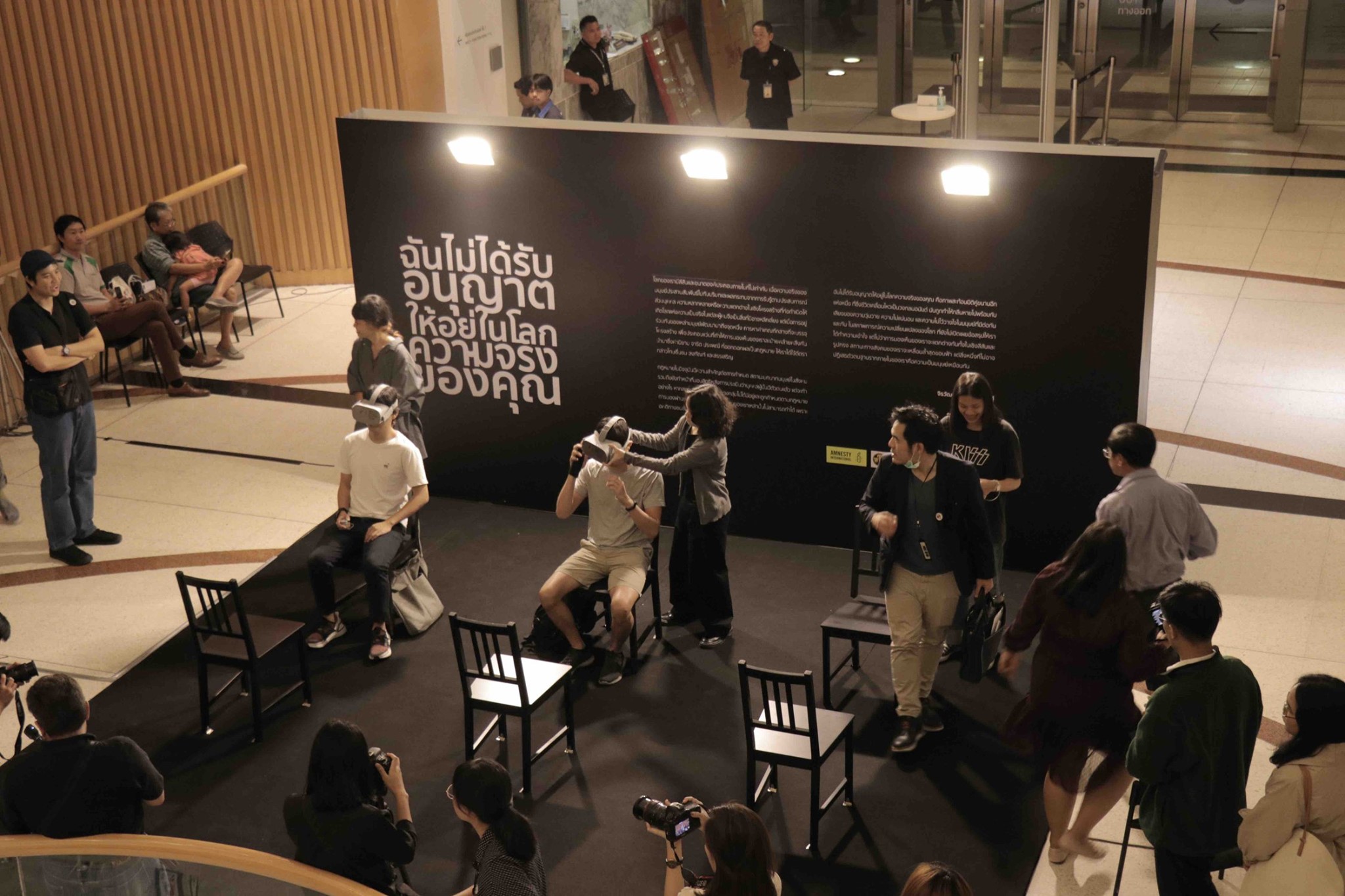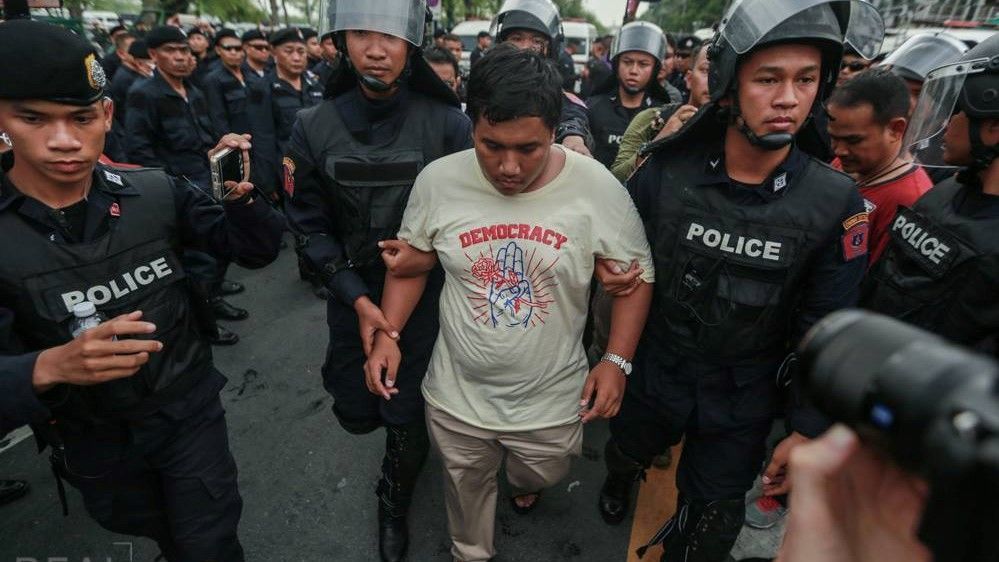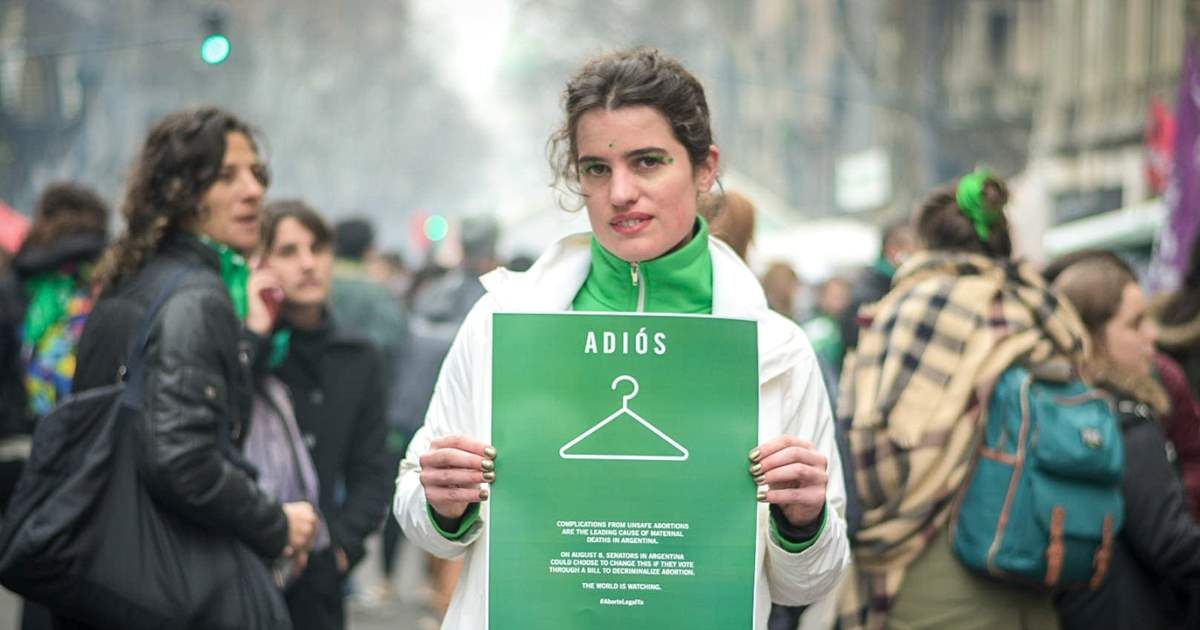Exhibition: I am not allowed to exist in your reality.
18 February 2020
Amnesty International Thailand
6,500 is the number of urban refugees in Bangkok and metropolitan. While they exist among us, we are oblivious to their existence. It appears we live in two parallel worlds even though we might walk past each other unknowingly.
A filmmaker and video artist, Jirawut Ueasungkomsate questions such state of “oblivion” affixed to refugees. It inspires him to organize the “I am not allowed to exist in your reality” Exhibition. Through Virtual Reality (VR) and Augmented Reality (AR), he wants to take viewers to another world invisible to them.
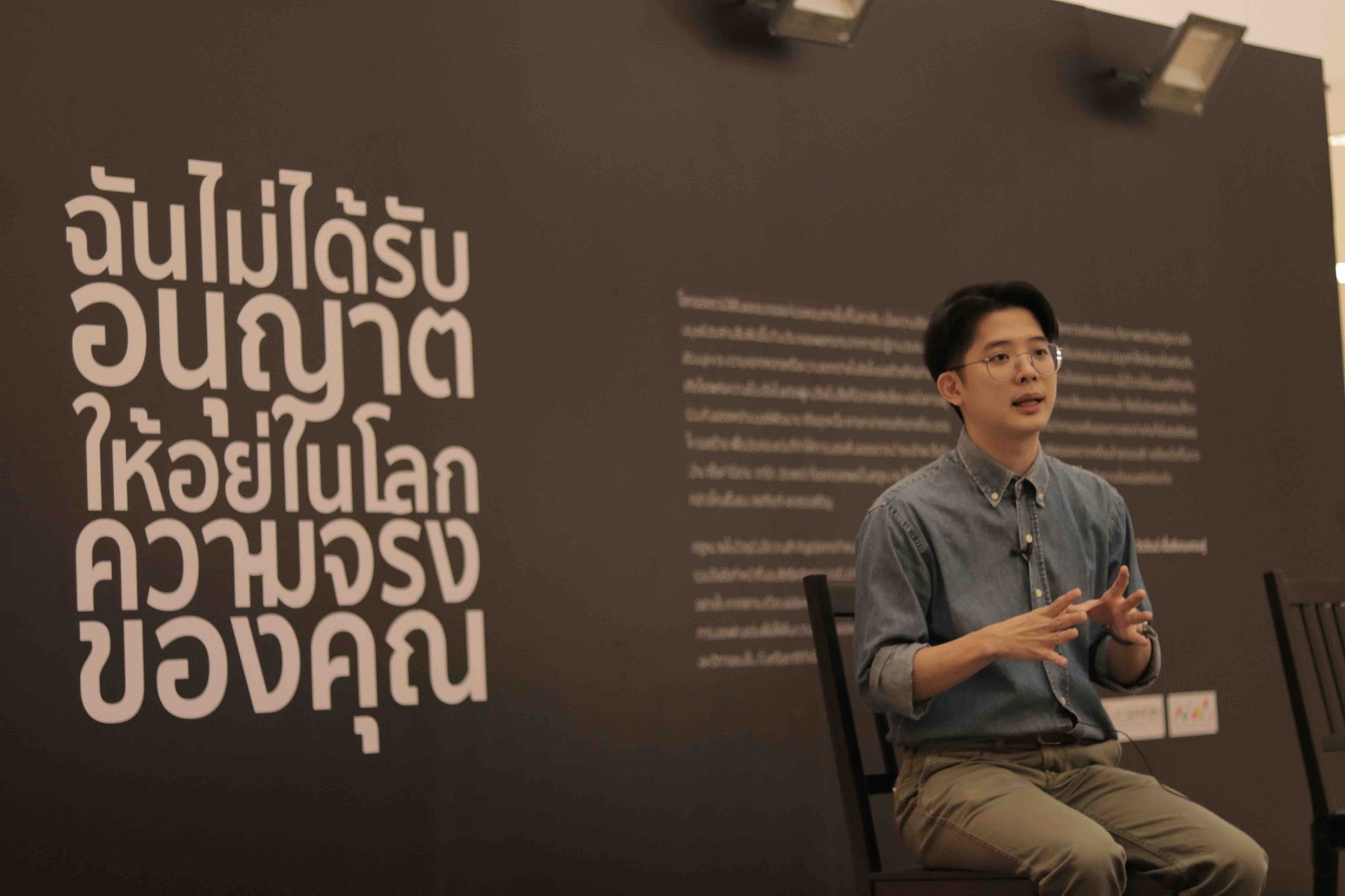
It all began with his interest in the issue of ‘prisoner of conscience’. Even though, thoughts should be subject to variation and fluidity, attempts have been made to control thoughts and as a result, these people are forced into exile. He has met people who got stuck in between, the ‘urban refugees’ who mostly want resettlement, but are stuck in Thailand and are even subject to detention due to spurious charges and even though many of them are holders of refugee documents issued by the UNHCR.
Jirawut is intrigued by the humanity of the refugees. Obsessed with myths, Thai people fail to come to term with the word ‘refugee’ and fail to wrap their head around the humanity of the people who have been forced to flee their home states. There are many reasons that prompt them to leave, apart from conflicts with state power, local politics, religion and tribal warfare.
It starts from his study on the rights and status of urban refugees followed by his interview with refugees from various countries during which time he finds a common aspiration among the refugees is ‘to live a human life.’
“Not different from us, the refugees share the feeling of being a human being. They experience joy and sorrow. It was different from what I had anticipated. But their humanity, just like what other people have, has prompted me to further my work. We often think people who are different from us must live a different life even though they are a fellow human being, too.”
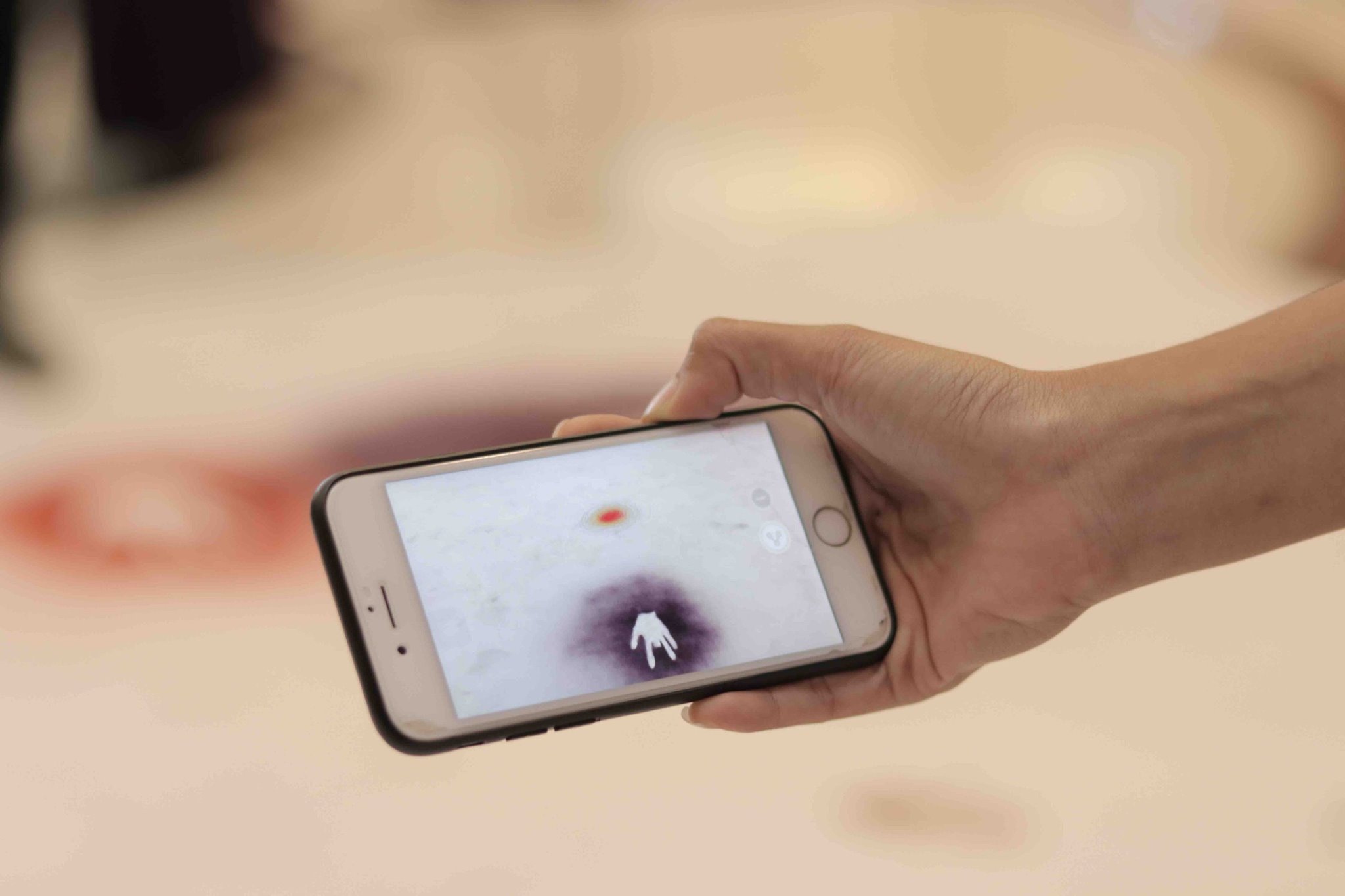
Jirawut is exposed to the aspiration and feeling from the accounts he heard from each refugee. The Vietnamese live in exile here and work as menial labor hoping they can return home and promote rights and freedoms in their home country. A former boxing champion from Pakistan is here while his wife is being incarcerated for making an illegal entry. He cooks and bring food to her and even give some food to other detainees as well.
“In our impression, these people must be quite desperate and live from hand to mouth. But in reality, they also think about other people. Everyone should not get exposed to such experience. Still, they keep their heads up and move on, even though they are confined to such small spaces”.
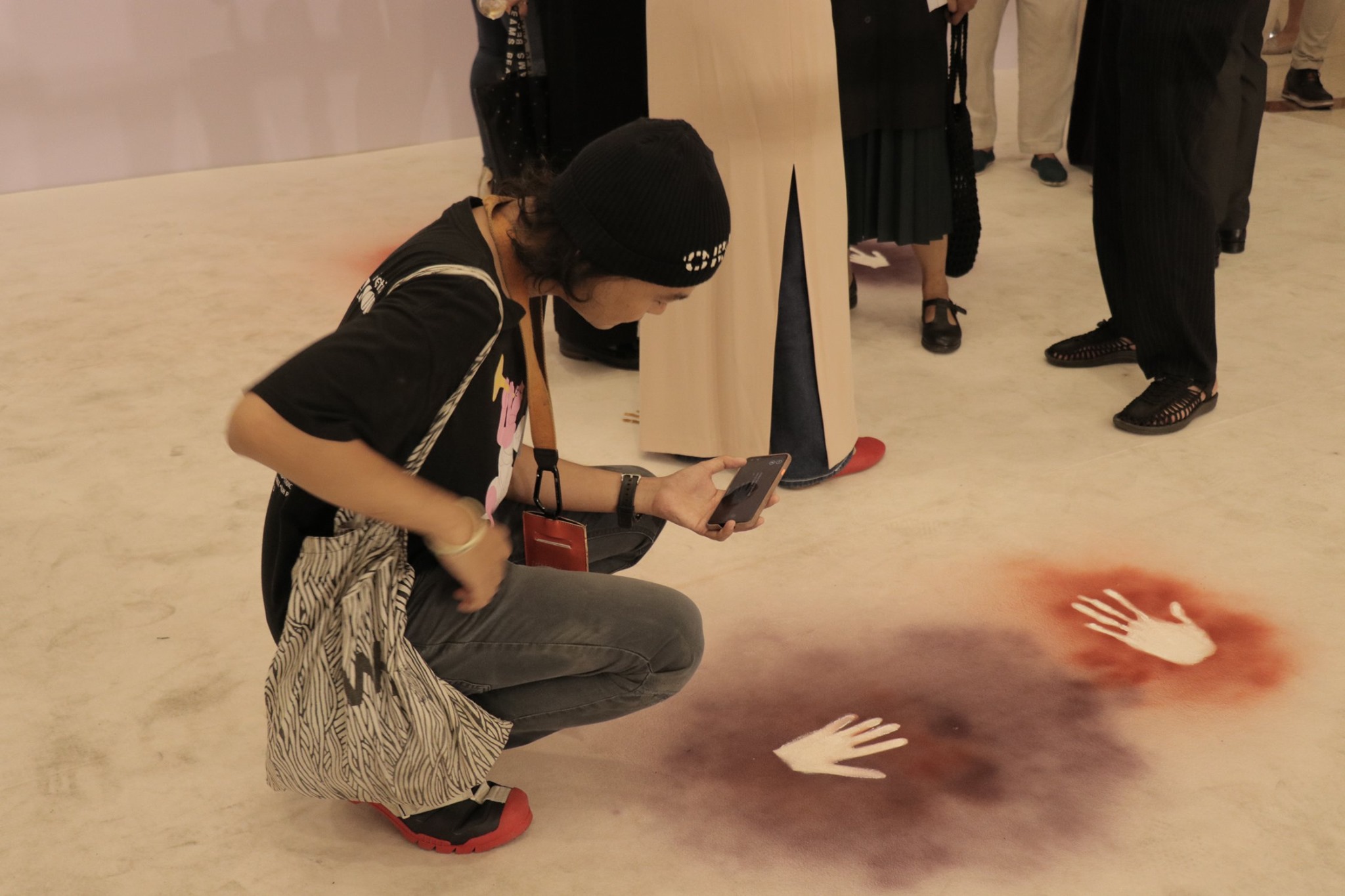
Through Virtual Reality (VR) and Augmented Reality (AR), Jirawut wants to describe what is invisible to us. It should enable the viewers to experience what the urban refugees feel, something which is invisible to our naked eyes.
“If problems exist, but we stay oblivious to them, they cannot be solved. It therefore has to start from making them visible to us. We need to realize their existence in order to discuss the problem. If after all, the refugees are not welcome here, what shall we do? Or if we agree to help support the refugees, what methods will we use? We live in a society that pretends the problems do not exist. We are ready to close one eye and live our normal life, even though what is invisible to us is not what does not exist”.
“Even though the problems do not impact us directly. They are problems that are inflicted on another fellow human being. A human being who can feels like we do. What makes humans unique is our ability to feel the pains of other people even though we have never experienced such pain ourselves. This is how arts, films and music can do to us. They help us to emphasize with people who are subject to similar predicament. Unfortunately, these refugees have fled from home, and now are made vulnerable by the hopeless and desperate situation here”
said Jirawut.
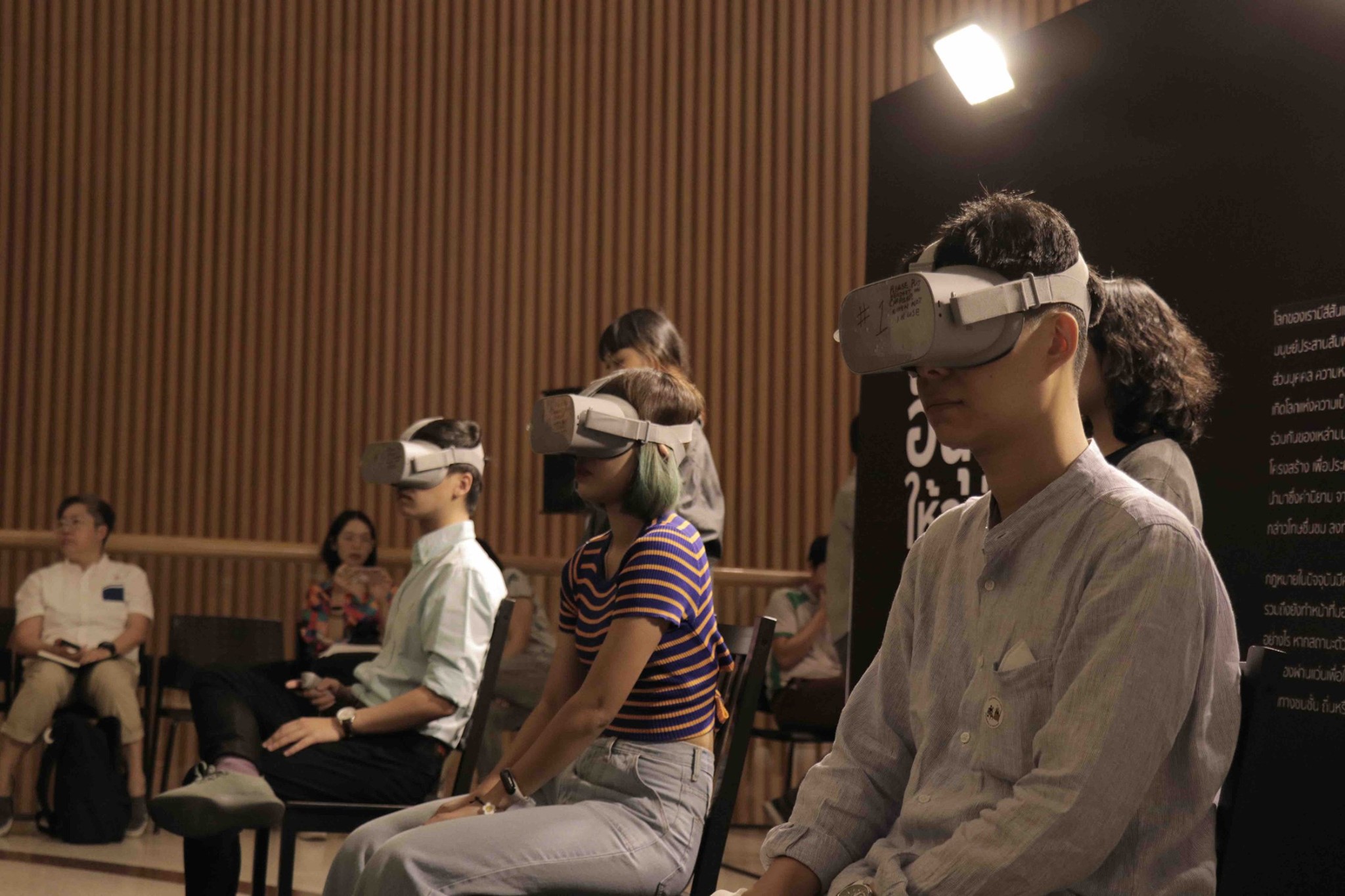
Another collaborator in this exhibition is Sakda Kaewbuadee, an actor and a freelance advocate for urban refugees. He also puts on display his theatrical performance to tell the stories of refugees. He insists that it is a “forced oblivion” which has made the public scantly aware of the issue of refugees. The issue can flare up from time to time, for example when the case of the Bahraini footballer. But soon after, his story has been forgotten.
By participating in this exhibition, Sakda can get exposed to other groups of refugees, apart from those he has been supporting and he gets to see the problems from different points of views.
“It would be great if I could help all groups of refugees. But I cannot do so due to constraints. At present, very few refugees who have applied for resettlement have been granted such entitlement. Several families to whom I have brought food, and whom I have helped to resettle in a third country, account for a just a few in comparison to more than 6,000 urban refugees in Bangkok. It is like tackling the problem at its symptom.”
“To ensure they have full protection, the laws have to be changed. It is an uphill task considering the prevailing nationalism. I often get criticized for not prioritizing my poor compatriots. Why do I have to help foreigners? It is therefore dauntingly hard to expect any legal change under any government”.
What Sakda wants to get across among the viewers is “open your mind”.
“Most Thais assume refugees are here to cause us troubles. They are the reason for the rise of crime. But in fact, they are not here to commit crime or an act of terror. On the contrary, they are here to seek help since they can no longer live in their own countries. They fled here hoping to find a refuge. But here we are pushing them out without offering them help. I simply want to encourage people to treat refugees as a human being”
said Sakda.
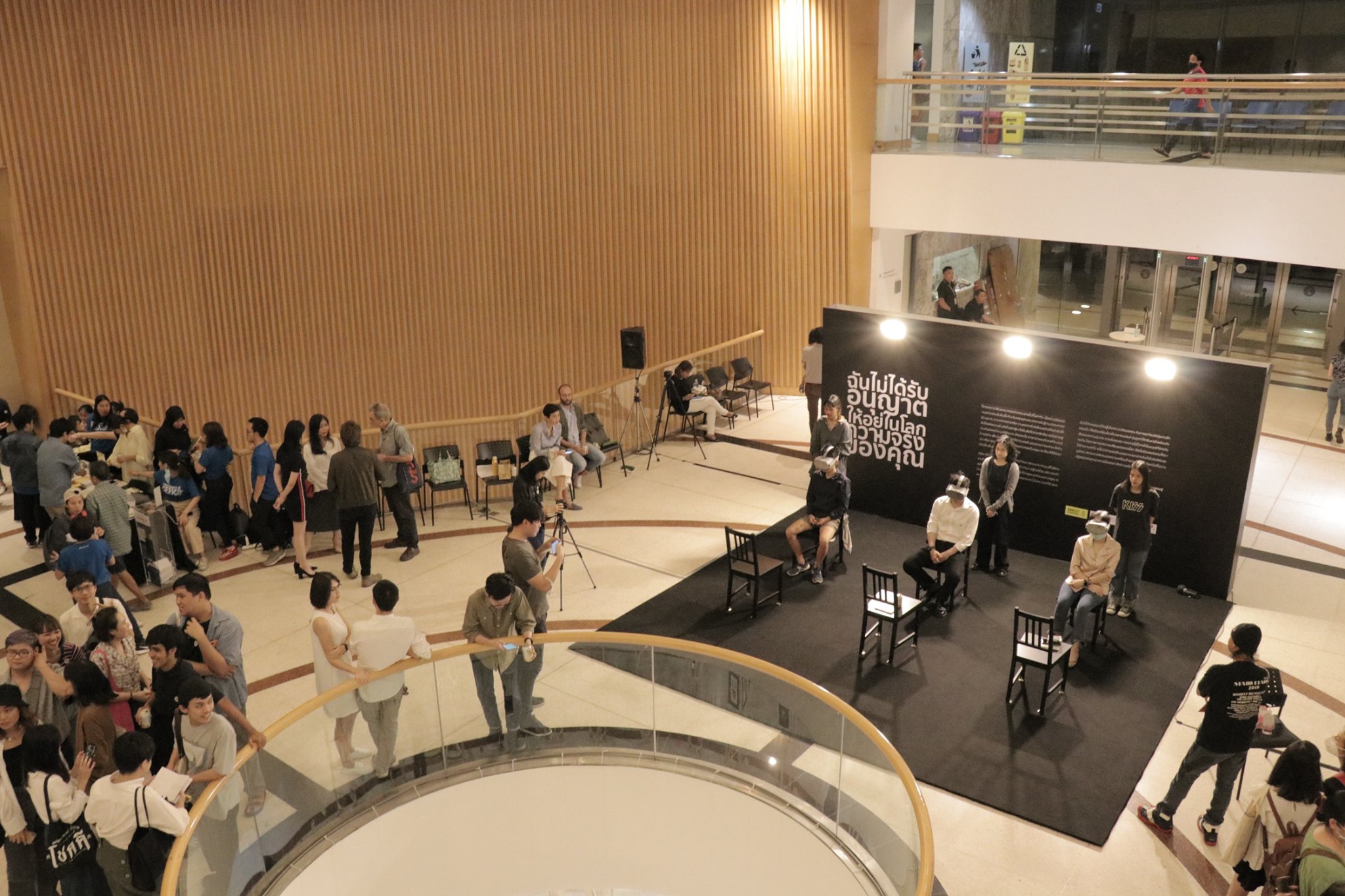
The exhibition “I am not allowed to exist in your reality” is made possible by the collaboration with Amnesty International Thailand, WTF, Gallery and Café, Silpakorn University’s Faculty of Information and Communication Technology and the Bangkok Art & Culture Centre.
It is open from 18 February-1 March 2020 at the lawn on the 1st floor of the Bangkok Art & Culture Centre from 10.00-21.00 and closed every Monday.
-------------------------------------
Jirawut Ueasungkomsate (b. 1986, Bangkok, Thailand) is a filmmaker and video artist with an MA degree in Experimental Film from Kingston University, United Kingdom. He obtained his BA in Archaeology and Anthropology from Silpakorn University in Thailand and also achieved BTEC HNC in Fine Art from Kensington and Chelsea College. His work has been exhibited in solo and several group shows in galleries in the UK, Japan and Thailand including ‘This is not a Political Act’, WTF Bar and Gallery, 2016, BKK, Thailand. SEA ArtsFest 2013, London, UK. ‘Resonance’, Asia Network Beyond Design, Tokyo Polytechnic University, Japan. Jirawut now is a lecturer at the Faculty of Information and Communication Technology, Silpakorn University, teaching mainly Documentary and Media Production.

